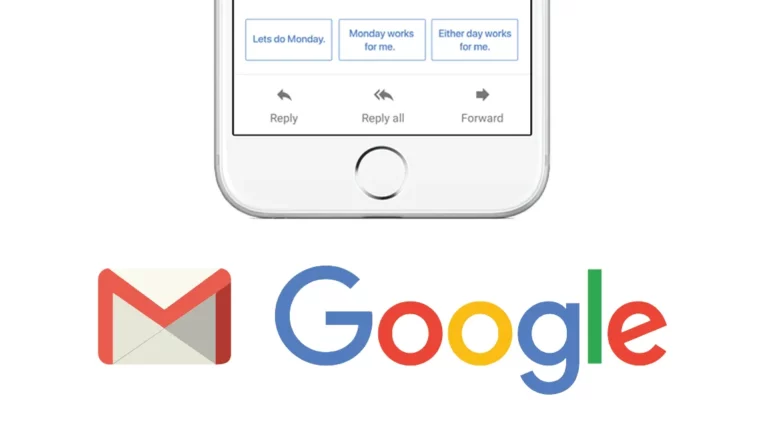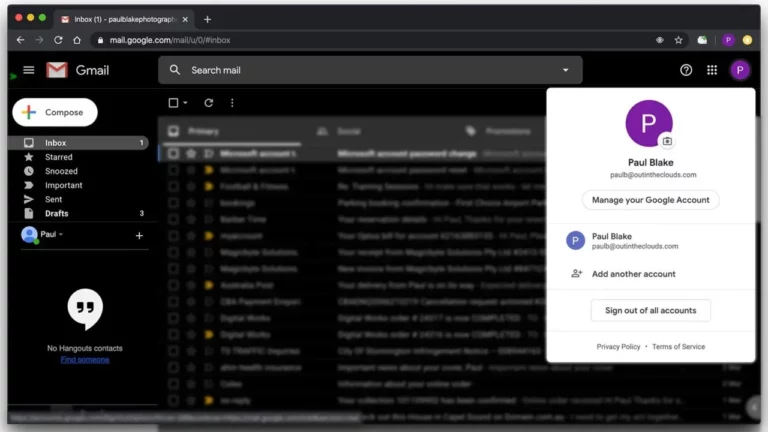Create an Engaging Webinar with These 6 Tips
Webinars are fast becoming a popular tool to engage with audiences directly. If you are looking for a platform to educate and train, an engaging webinar can help to provide something of value to your customers that a prerecorded video cannot. Webinars give you the chance to demonstrate and showcase your brand and product to a targeted, live audience. You can engage with them directly, gather feedback and answer all their questions at that moment.
Here are our top ideas on how to make sure you’re running an engaging webinar.
First, decide on the right technology:
Pick the right platform to use, based on what your webinar is aiming to do.
There’s nothing worse for a webinar host than dealing with embarrassing technical problems that prevent you from delivering the information your audience has made time to hear (or even worse, paid for).
- Facebook Live and Youtube Live Both offer live streaming features that can host a webinar and are both free.
- Zoom – This popular conference calling software has several features that can be used for webinars too,
- Cisco’s Webex is on the higher-end enterprise side, and WebinarNinja or WebinarJam, two mid-range favourites of bloggers, startups, and small businesses.
Make your webinar interactive
The greatest danger is that you may leave the audience behind. One of the simplest ways to make sure you are running an exciting and engaging webinar is to create an interactive experience.
How? Try these
Ask the audience questions – Nothing snaps people into focus like being asked a direct question.
Conduct a responsive survey – Break up your webinar by asking your audience to complete a quick 5- 10 question survey.
Test your audience – Begin by letting your audience know the webinar will finish with a small test – That will keep them on their toes.
Start conversations – Break into a conversation to change the pace of the webinar.
Make it visually appealing
Your webinar should align with your business brand and tone.
Include your logo where it makes sense to, i.e. in the opening animation or the main slides, and you also want to use fonts, colours, and other visual elements that match your brand’s overall style. While small in part, these sorts of details are essential to creating a cohesive experience for your webinar guests; and will make the brand more recognisable, especially if you use the same visual style in your other content.
Settle on your webinar setup
There are several ways a webinar can look. Once you have nutted out your subject matter and key learnings – you can then determine how to best present the information. You might decide on one expert running the webinar or two presenters, which helps engage and educate the audience and may allow you to share more details. If you want to have more than two, presenting the webinar as a panel discussion discussing a specific topic is a great way to create varied conversations. A Q&A webinar is an excellent opportunity to maximise the engagement of attendees – it gives the hosts a chance to answer the questions asked by your audience via chat or social media.
Find an excellent Speaker/ host
You can either use speakers from within your company or industry experts or influencers. The key is making sure the speaker has the proper knowledge and expertise to talk about the topic at hand. Subject matter expertise is vital for unexpected questions, which will almost certainly happen.
Think outside of the inbox and vary up your promotional platforms.
With so many emails bouncing around, your attendee’s inboxes can get flooded, so why not try various channels to promote your next webinar.
If you’re a B2B company promoting a webinar to customers, consider going to where they spend their time – is it Linkedin?
If you’re looking to expand your reach, allocate a piece of your marketing budget for webinar promotion. One of the most effective ways to increase webinar attendance is by integrating paid marketing on social channels – think – Facebook, Twitter, LinkedIn, and even Instagram all offer the ability to run highly targeted advertising campaigns.







